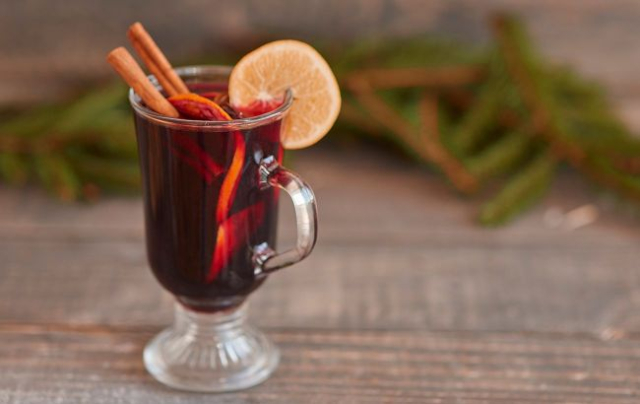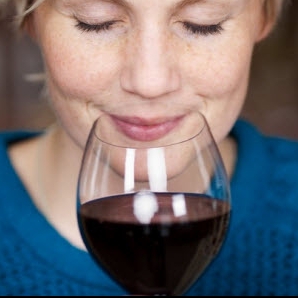I must admit, I was spurred to write this post after reading another, which dredged up a complex, many-ingrediented recipe by Jamie Oliver. But my motivation today is to point you to Jamie’s recipe while also presenting the classic Mulled Wine technique…

What is Mulling, anyway?
At its simplest, mulling is the act of plunging a hot metal rod – originally a fireplace poker – into a cup of red wine to render said beverage a literally heart-warming quaff.
Over the centuries, though, flavour additions have appeared, and diversified many-fold. And the drink is now usually cooked up in large batches (1 – 2 L) on the stove top. There’s nothing wrong with big batches, BTW. If there ever was a drink that was made for sharing, it’s Mulled Wine.
One caveat when mulling on the stove top: The longer you simmer the mixture, the more flavour from the additions is infused into the product. But the longer you simmer, the more alcohol evaporates from the brew. You can balance the alcohol content (and bolster the ‘wine’ element of the flavour) by adding more red wine before serving. This will also help lower the temperature to comfortable drinking range.
Jamie’s take
The renowned celebrity chef I’ve previously, playfully labelled an ‘upstart little twerp’ offers what I believe is an overly complicated Mulled Wine recipe. Jamie calls for no fewer than 11 ingredients, and prescribes a procedure that breaks down into about 10 discrete operations.
I haven’t tried it myself. I’ve calculated it would cost as much as (C)$75 to acquire the ingredients, even using a lesser grade of red wine. That’s way more than most of us (I suspect) would be willing to shell out for a novelty seasonal bev. But it certainly looks good, in an Irish Coffee mug, with cinnamon sticks and a lemon-slice garnish…
My take
I have shined my spotlight on Mulled Wine before in this space. And I have – properly, I think – emphasized the ancient and venerable technique involved. In fact, it’s more a technique than a recipe:
“The story goes that some medieval gent, on arriving at a wayside Inn one cold autumn night, decided he needed more than just a flagon of good Red Wine to ward off his chills. So, he took a hot poker from the fire and quenched it in his cup. That not only heated up the wine but added some… interesting flavours. Some of those flavours were not so nice – like wood ash and pine tar – so Mullers soon started adding spices to cover them up.”
The bottom line…
If you’re already a Mulled Wine Fan, you’ll already have your own favourite recipe. But if you’re new to Mulling, feel free to experiment with the combinations and proportions of Spices and other ingredients. Among the other ingredients sometimes found in this beverage are raisins and other dried fruits. Again, experiment to your heart’s content. I have a cooking buddy who swears by Dried Cranberries…
Mulled Wine doesn’t have to be expensive or complicated. And it’s a great addition to your year-end holiday repertoire!
~ Maggie J.

